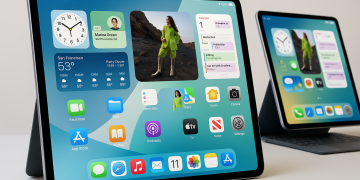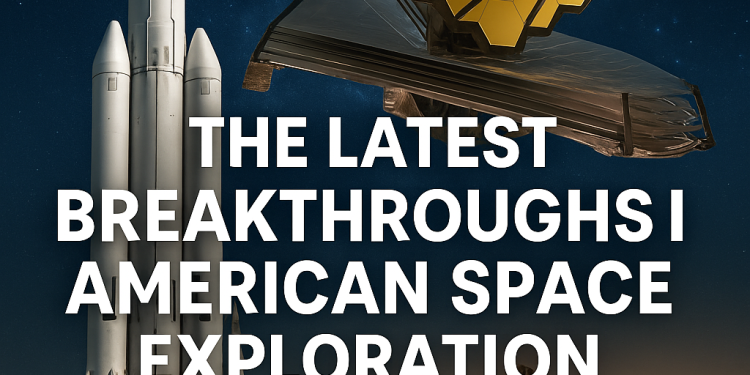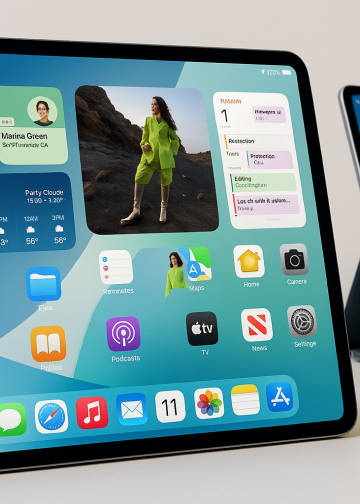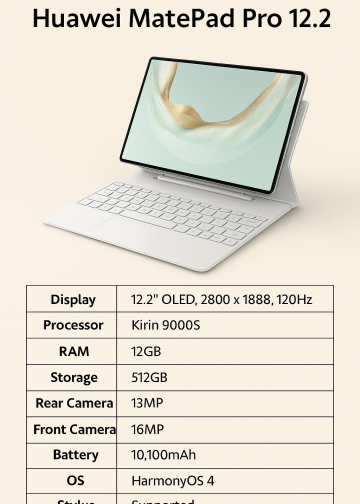Introduction: Why American Space Exploration Captivates the World
Space. The final frontier. For decades, American space exploration has inspired the world with its audacity, ingenuity, and relentless curiosity. From the days of the Apollo missions to today’s cutting-edge robotic explorers and private space launches, the United States remains a leader in unraveling the mysteries of the universe.
But what’s happening right now? What are the latest discoveries shaking up the scientific community? And how are NASA news and developments from private industry changing what’s possible in space science USA? Let’s take a thrilling journey through the most recent breakthroughs, ongoing space missions, and what the future may hold for humanity’s adventure beyond Earth.
1. The New Space Race: NASA and the Rise of Private Industry
NASA: Pushing Boundaries for Over 60 Years
Since its founding in 1958, NASA has been at the forefront of space science. In 2024 and beyond, the agency’s role remains pivotal—driving innovation not only through government-funded projects but also via strategic partnerships with American private companies.
SpaceX, Blue Origin, and the Private Boom
The most recent decade has seen private industry step boldly into the spotlight. SpaceX, founded by Elon Musk, routinely sends astronauts and supplies to the International Space Station (ISS), while Blue Origin, led by Jeff Bezos, focuses on reusable rockets and future lunar ambitions. These companies have made headlines with their rapid prototyping, cost-saving technologies, and dreams of a multiplanetary human future.
Collaboration is Key
A hallmark of American space exploration today is collaboration. NASA, commercial enterprises, and international partners work together on major space missions—from Mars rovers to lunar gateways.
2. Artemis: America’s Return to the Moon
The Artemis Program: A Giant Leap Forward
One of the most exciting pieces of NASA news in recent years is the Artemis Program. Its bold goal: to land the first woman and the next man on the Moon by mid-2020s, and to establish a sustainable presence by the end of the decade.
Artemis I & II: The First Steps
- Artemis I: An uncrewed mission completed a successful orbit around the Moon, testing the Orion spacecraft and the powerful Space Launch System (SLS).
- Artemis II: Scheduled as the first crewed lunar flyby in decades, with American astronauts set to loop around the Moon and return safely to Earth.
Gateway: The Lunar Outpost
NASA and its partners are constructing Gateway, a small space station that will orbit the Moon. It’s designed as a hub for lunar landings, research, and future Mars missions—ushering in a new era for space science USA.
3. Mars Exploration: Robotic Rovers and Human Dreams
Perseverance Rover: Red Planet Pioneer
NASA’s Perseverance rover has wowed the world with its Mars rock sampling, high-resolution imagery, and the first-ever controlled flight on another planet via the Ingenuity helicopter. Its main goals:
- Search for signs of ancient microbial life.
- Collect samples for future return to Earth.
- Test new technologies for potential human missions.
Mars Sample Return: A Scientific First
One of the most ambitious projects on the horizon is the Mars Sample Return mission. NASA and the European Space Agency plan to bring Martian rock and soil samples back to Earth—an absolute game-changer for planetary science.
Preparing for Humans
Research continues on radiation shielding, sustainable habitats, and life-support systems—paving the way for American astronauts to one day set foot on Mars.
4. The James Webb Space Telescope: Revolutionizing Space Science
A New Eye on the Cosmos
Launched on Christmas Day 2021, the James Webb Space Telescope (JWST) is already delivering on its promise to transform space science USA. Its powerful infrared instruments allow astronomers to peer farther back in time than ever before, revealing:
- The formation of the earliest galaxies
- Exoplanet atmospheres and their potential for life
- Star birth and death in stunning detail
Latest Discoveries
In the first years of operation, JWST has detected surprising exoplanet weather patterns, found new galaxies forming just after the Big Bang, and provided insight into the chemical makeup of distant worlds.
5. SpaceX Starship: The Next-Generation Rocket
The Starship Vision
SpaceX’s Starship is designed to be fully reusable, with the capacity to carry both crew and cargo to Earth orbit, the Moon, Mars, and beyond. Its innovations include:
- Stainless steel construction for strength and heat resistance
- Super Heavy booster for unprecedented lifting power
- Ambitions for point-to-point travel on Earth, reducing international trips to under an hour
Latest News
SpaceX continues to test and refine Starship at its Texas launch site. Each flight provides valuable data, moving closer to regular lunar cargo runs and, eventually, Martian voyages.
6. Satellite Mega-Constellations and Space Internet
Starlink: Bridging the Digital Divide
SpaceX’s Starlink constellation already consists of thousands of small satellites beaming high-speed internet to rural and underserved areas in the USA and worldwide. The project is revolutionizing global communications and providing backup during disasters.
Challenges
The proliferation of satellites raises questions about space debris and astronomical observations. American space agencies and companies are collaborating on “rules of the road” for sustainable orbital traffic.
7. Earth Science from Space: Protecting Our Planet
Environmental Monitoring
NASA satellites and instruments monitor Earth’s climate, weather, and natural disasters in real time. These data drive everything from hurricane response to wildfire management, and inform key policy decisions on climate change.
Space-Based Solar Power
American scientists are researching satellites that could collect solar energy in orbit and beam it to Earth—a potentially limitless, clean energy source for the future.
8. Asteroid Defense and Planetary Protection
DART Mission: Smashing an Asteroid
In 2022, NASA’s DART spacecraft successfully changed the orbit of an asteroid by intentionally crashing into it—a historic first in planetary defense. This technology may one day protect Earth from hazardous impacts.
OSIRIS-REx: Bringing Back an Asteroid Sample
NASA’s OSIRIS-REx mission returned with samples from the asteroid Bennu, providing a treasure trove of information about the early solar system.
9. The International Space Station: A Hub for Space Science USA
Research and Discovery
The ISS remains a symbol of international cooperation and a laboratory for microgravity research, medical experiments, and technology demonstrations. American astronauts regularly participate in long-duration missions, testing the limits of human endurance and advancing future space exploration.
Commercialization
NASA is encouraging private companies to develop space stations and habitats for research, tourism, and manufacturing, ensuring the USA remains at the heart of orbital enterprise.
10. The Future: What’s Next for American Space Exploration?
Artemis and Mars: Human Boots Beyond Earth
The next decade will likely see American astronauts back on the Moon, and, in time, on Mars. These missions will unlock new scientific discoveries and inspire a new generation of explorers.
Private Space Stations and Tourism
Companies like Axiom Space are building private modules to attach to the ISS, eventually launching their own space stations for research and tourism.
Deep Space Exploration
NASA’s upcoming missions to the outer planets and their moons—including Europa (a moon of Jupiter with a subsurface ocean)—promise to answer fundamental questions about life in the universe.
Conclusion: American Space Exploration—The Adventure Continues
American space exploration is in a golden age. Whether it’s NASA’s Moon and Mars ambitions, latest discoveries from cutting-edge telescopes, or private sector innovations, the USA stands at the forefront of humanity’s greatest adventure. As new space missions unfold, and as fresh NASA news fills the headlines, one thing is clear: the next generation of space science will bring us closer than ever to understanding our universe—and maybe, just maybe, to stepping beyond it.


















































